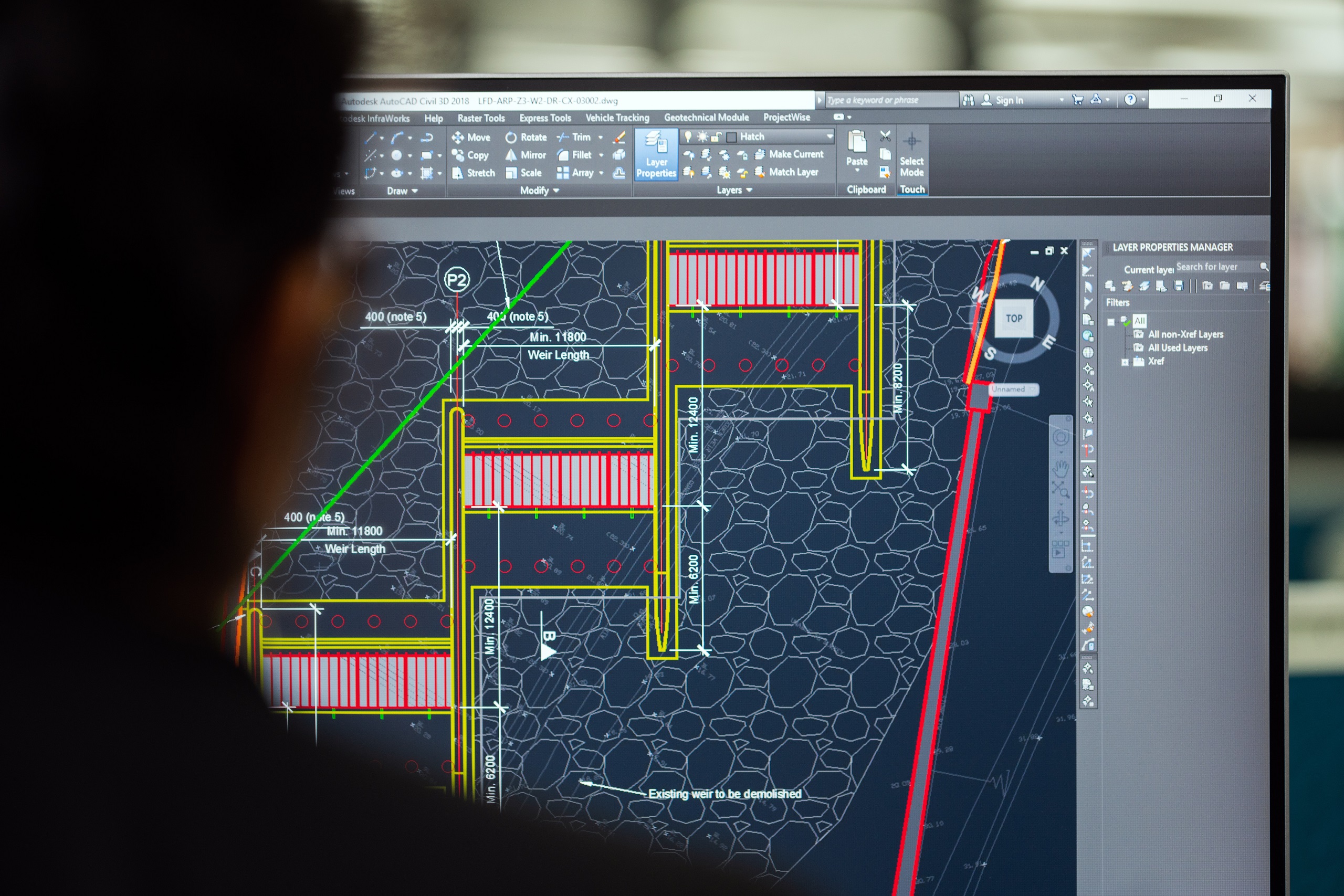Coerce lists, matrices, and more to data frames
Source: R/as_tibble.R
as_tibble() turns an existing object, such as a data frame, list, or
matrix, into a so-called tibble, a data frame with class tbl_df. This is
in contrast with tibble(), which builds a tibble from individual columns.
as_tibble() is to tibble() as base::as.data.frame() is to
base::data.frame().
as_tibble() is an S3 generic, with methods for:
data.frame: Thin wrapper around thelistmethod that implements tibble’s treatment of rownames.- list
matrix,poly,ts,table- Default: An atomic vector is first coerced to a list and, unlike
base::as.data.frame(), the returned tibble has one column per element. Other inputs are first coerced withbase::as.data.frame().
as_tibble(x, ..., .rows = NULL, .name_repair = c("check_unique", "unique", "universal", "minimal"), rownames = pkgconfig::get_config("tibble::rownames", NULL)) # S3 method for data.frame as_tibble(x, validate = NULL, ..., .rows = NULL, .name_repair = c("check_unique", "unique", "universal", "minimal"), rownames = pkgconfig::get_config("tibble::rownames", NULL)) # S3 method for list as_tibble(x, validate = NULL, ..., .rows = NULL, .name_repair = c("check_unique", "unique", "universal", "minimal")) # S3 method for matrix as_tibble(x, ..., validate = NULL, .name_repair = NULL) # S3 method for table as_tibble(x, `_n` = "n", ..., n = `_n`) # S3 method for NULL as_tibble(x, ...) # S3 method for default as_tibble(x, ...)
Arguments
| x | A data frame, list, matrix, or other object that could reasonably be coerced to a tibble. |
|---|---|
| … | Other arguments passed on to individual methods. |
| .rows | The number of rows, useful to create a 0-column tibble or just as an additional check. |
| .name_repair | Treatment of problematic column names:
"minimal": No name repair or checks, beyond basic existence,
"unique": Make sure names are unique and not empty,
"check_unique": (default value), no name repair, but check they are
unique,
"universal": Make the names unique and syntactic
a function: apply custom name repair (e.g., .name_repair = make.names
for names in the style of base R).
A purrr-style anonymous function, see rlang::as_function()
See name-repair for more details on these terms and the strategies used
to enforce them. |
| rownames | How to treat existing row names of a data frame or matrix:
NULL: remove row names. This is the default.
NA: keep row names.
A string: the name of a new column. Existing rownames are transferred
into this column and the row.names attribute is deleted.
Read more in rownames.
|
| _n, validate | For compatibility only, do not use for new code. |
| n | Name for count column, default: "n". |
Row names
The default behavior is to silently remove row names.
New code should explicitly convert row names to a new column using the
rownames argument.
For existing code that relies on the retention of row names, call
pkgconfig::set_config("tibble::rownames" = NA) in your script or in your
package’s .onLoad() function.
See also
tibble() constructs a tibble from individual columns. enframe()
converts a named vector to a tibble with a column of names and column of
values. name-repair documents the details of name repair.
Examples
l <- list(x = 1:500, y = runif(500), z = 500:1) df <- as_tibble(l) m <- matrix(rnorm(50), ncol = 5) colnames(m) <- c("a", "b", "c", "d", "e") df <- as_tibble(m) as_tibble(as.list(1:3), .name_repair = "unique")#> New names: #> * `` -> ...1 #> * `` -> ...2 #> * `` -> ...3#> # A tibble: 1 x 3 #> ...1 ...2 ...3 #> <int> <int> <int> #> 1 1 2 3 # Prefer enframe() for vectors enframe(1:3)#> # A tibble: 3 x 2 #> name value #> <int> <int> #> 1 1 1 #> 2 2 2 #> 3 3 3enframe(1:3, name = NULL)#> # A tibble: 3 x 1 #> value #> <int> #> 1 1 #> 2 2 #> 3 3 # For list-like inputs, `as_tibble()` is considerably simpler than # `as.data.frame()` and hence faster # NOT RUN { if (requireNamespace("bench", quietly = TRUE)) { l2 <- replicate(26, sample(letters), simplify = FALSE) names(l2) <- letters bench::mark( as_tibble(l2, .name_repair = "universal"), as_tibble(l2, .name_repair = "unique"), as_tibble(l2, .name_repair = "minimal"), as_tibble(l2), as.data.frame(l2), check = FALSE ) } # }
